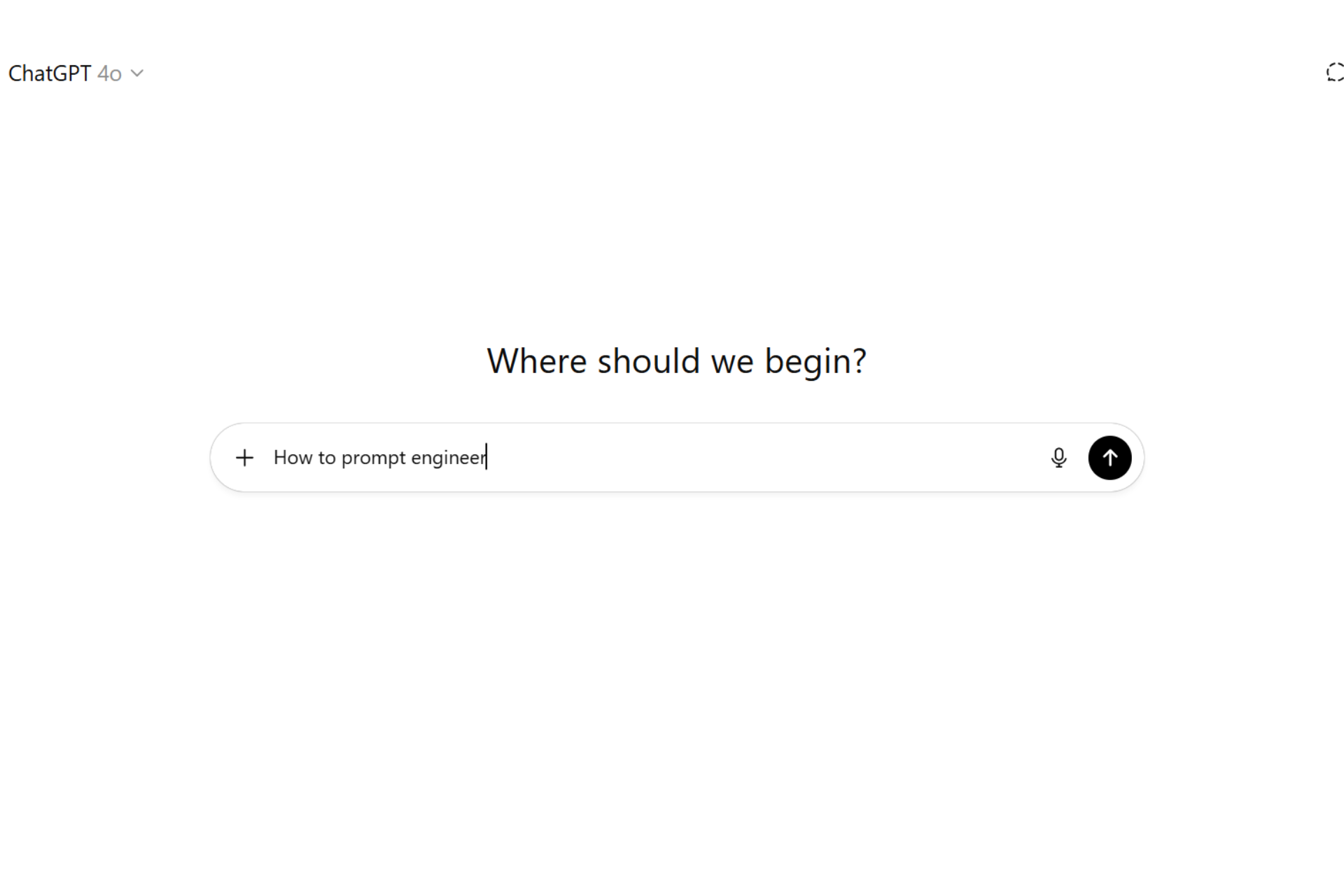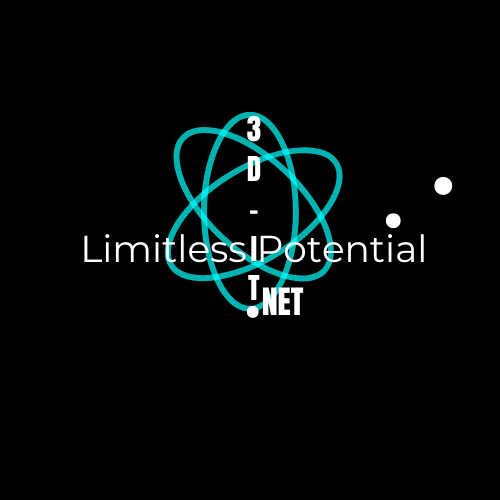How To Use ChatGPT: Prompt Guide and Tips

Artificial intelligence tools are transforming the way we work, learn, and create. Among these, ChatGPT stands out as one of the most powerful and user-friendly AI assistants available. Whether you are a student, professional, business owner, or casual user, understanding how to prompt ChatGPT and how to use ChatGPT effectively can save you time, improve your productivity, and unlock new creative opportunities.
In this comprehensive guide, we will cover everything you need to know about ChatGPT how to prompt and use—from crafting the right queries to maximizing its potential in everyday applications.
What is ChatGPT?
ChatGPT is an advanced language model developed by OpenAI that can understand and generate human-like text. By entering instructions, questions, or ideas (known as prompts), you can guide ChatGPT to provide useful, accurate, and engaging responses.
The tool is widely used for tasks such as:
Writing blog posts, social media captions, and product descriptions.
Coding assistance and debugging.
Summarizing long documents.
Providing explanations of complex topics.
Brainstorming creative ideas.
To fully harness its capabilities, you need to understand how to prompt ChatGPT in a way that delivers high-quality results.
Why Prompts Matter in ChatGPT
A prompt is the input or instruction you provide to ChatGPT. Think of it as the way you “talk” to the AI. The more specific and structured your prompt is, the better the output will be.
For example:
Weak prompt: “Write about dogs.”
Strong prompt: “Write a 300-word article on why golden retrievers make great family pets, focusing on their temperament, trainability, and relationship with children.”
The second prompt clearly outlines the topic, word count, and structure, giving ChatGPT the information it needs to generate a tailored and useful response.
That’s why ChatGPT how to prompt and use is an essential skill for anyone who wants consistent, high-quality results.
How to Prompt ChatGPT: Best Practices
When learning how to prompt ChatGPT, keep these strategies in mind:
1. Be Specific and Clear
The more details you provide, the more accurate the response will be. Instead of asking, “Explain history,” try, “Explain the causes of World War I in 200 words for a high school student.”
2. Define the Role
You can assign ChatGPT a role to set the tone of the answer. For example:
“Act as a professional content writer and explain…”
“Pretend you are a math teacher and solve…”
“Be a career coach and help me write a resume summary…”
3. Use Step-by-Step Instructions
If your task is complex, break it into steps. For example:
“First, outline the benefits of meditation. Then, provide three simple techniques for beginners. Finally, suggest a daily routine.”
4. Ask for Format
Tell ChatGPT the format you want: bulleted list, essay, table, script, or code block.
5. Refine with Follow-Ups
If the first response isn’t perfect, follow up with clarifications - follow up prompts are very important to get the response you want. Examples of follow up prompts are:
“Make it shorter.”
“Add examples.”
“Explain this in simpler terms.”
By combining these methods, you’ll master How to use ChatGPT for any type of task.

How to Use ChatGPT in Everyday Life
Beyond learning how to prompt ChatGPT, it’s equally important to know how to use ChatGPT effectively in real-world scenarios.
Here are some of the best applications:
1. Content Creation
Bloggers, marketers, and social media managers use ChatGPT to generate fresh ideas, outlines, and drafts. By giving it clear prompts like, “Write a 1,000-word SEO blog on travel tips in Paris,” you can accelerate the writing process.
2. Learning and Education
Students can use ChatGPT to understand complex concepts, get summaries of textbooks, or even practice foreign languages. A good prompt might be: “Explain the theory of relativity as if I am a 10-year-old.”
3. Coding and Development
Programmers often rely on ChatGPT for code generation, debugging, or explanations of algorithms. For example: “Write a Python function that sorts a list of numbers using quicksort.”
4. Business and Productivity
Entrepreneurs and professionals use ChatGPT to draft business plans, analyze data, and prepare emails. For instance: “Write a professional email to a client apologizing for a late delivery and offering a discount.”
5. Creativity and Brainstorming
Writers, artists, and innovators use ChatGPT for brainstorming. You can prompt it with: “Give me 20 creative names for a coffee shop that also sells books.”
Mastering ChatGPT how to prompt and use can revolutionize how you handle everyday tasks.
Check out this video on YouTube - how to use ChatGPT

Advanced Prompting Techniques
Once you are comfortable with basic prompting, you can explore advanced strategies for even better results:
1. Few-Shot Prompting
Provide examples within your prompt. For example:
“Translate these sentences to French:
Hello, how are you? → Bonjour, comment ça va?
Where is the library? → Où est la bibliothèque?
Now translate: I would like a cup of coffee.”
2. Chain of Thought
Ask ChatGPT to explain its reasoning:
“Show me step-by-step how to solve this math problem.”
3. Multi-Turn Conversations
Use follow-up prompts to refine and guide the conversation. This allows you to build complex outputs gradually.
4. Style and Tone Control
Specify the tone: casual, formal, humorous, technical, persuasive, or storytelling.
With these methods, you’ll have full control over how to prompt ChatGPT to match your goals.
Common Mistakes When Using ChatGPT
Even with a powerful tool like ChatGPT, users often make mistakes that lead to poor results. Avoid these common pitfalls:
Being too vague: Short prompts without context create generic answers.
Not reviewing outputs: Always fact-check responses, as ChatGPT may sometimes generate inaccurate information.
Overloading with information: Extremely long or confusing prompts can overwhelm the system.
Ignoring refinements: Don’t settle for the first output—refine with follow-up prompts.
Recognizing these errors will help you improve at ChatGPT how to prompt and use efficiently.
SEO Benefits of Learning ChatGPT Prompting
If you run a website or business, learning how to prompt ChatGPT can help you generate SEO-optimized content faster. By instructing the AI to use keywords, structure content with headings, and maintain a natural tone, you can create articles that rank higher on search engines.
For example, a good SEO prompt might be:
“Write a 1,500-word blog article titled ‘ChatGPT how to prompt and use.’ Include keywords like ChatGPT, how to prompt ChatGPT, and how to use ChatGPT throughout the text.”
This method ensures your content is engaging for readers and optimized for search engines.
The Future of ChatGPT
As AI continues to advance, the role of ChatGPT in work and daily life will expand. Future versions may include improved reasoning, integration with more applications, and even real-time collaboration tools.
Learning how to prompt and use ChatGPT today prepares you for an AI-driven future where efficiency and creativity are enhanced by smart tools.
Final Thoughts
Understanding ChatGPT how to prompt and use is a valuable skill in the digital age. By crafting clear, specific prompts and applying ChatGPT across education, business, creativity, and productivity, you can achieve remarkable results.
Remember these key takeaways:
Be specific and structured with your prompts.
Assign roles, request formats, and refine through follow-ups.
Explore real-world uses in writing, coding, learning, and business.
Avoid common mistakes like vagueness or failing to fact-check.
Use ChatGPT for SEO content generation and creative brainstorming.
By mastering how to prompt ChatGPT and how to use ChatGPT, you open the door to limitless possibilities in your professional and personal life. Check out ChatGPT for yourself by clicking the link here - chatgpt.com
Why ChatGPT: AI Prompt Engineering is the Ultimate Guide for Mastering AI Conversations
If you’ve been searching for the best ChatGPT book to learn AI prompt engineering, this comprehensive guide by Dennis Duke is designed to help beginners and advanced users alike. Unlike generic AI tutorials, ChatGPT: AI Prompt Engineering provides a step-by-step framework for crafting prompts that deliver accurate, creative, and repeatable results.
With practical examples, a ready-to-use Prompt Library, and advanced ChatGPT prompt engineering techniques, readers will learn how to:
Write effective prompts that unlock ChatGPT’s full potential.
Use AI for SEO, content creation, and digital marketing.
Build AI productivity systems for business, education, and personal growth.
Apply real-world AI strategies to writing, coding, and problem-solving.
This AI writing guide goes beyond surface-level tips. It shows you how to think like a prompt engineer—someone who understands how to communicate with AI for maximum clarity and creativity. Whether your goal is to improve your content creation, streamline business workflows, or simply explore the future of artificial intelligence tools, this book will become your go-to resource.
👉 Buy ChatGPT: AI Prompt Engineering on Amazon – The Complete Guide to AI Prompt Mastery
Check this other blog on coding a static website.
